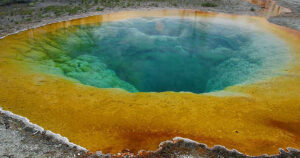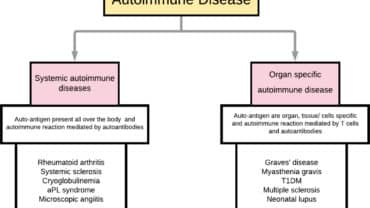Archaezoa
archaezoa This group is believed to be the first to diverge from the prokaryotes. They lack mitochondria (converts foods into usable energy), though some archaezoans have genes for mitochondrial. They also lack an endoplasmic reticulum (important for protein synthesis) and golgi apparatus (important for glycosy- lation, secretion). Have no peroxisomes (use oxygen to carry out catabolic reactions), and have small ribosomes similar to bacteria.
Archaezoa has three known subgroups: diplomon- ads, microspoidians, and trichomonads. They are usually found with flagellas in moist/damp environments such as streams, lakes, underground water deposits, and in damp soil.
Some members have been found in harsh environments and can exist in bodies of water. That can drop below -20° Fahrenheit and around ocean floor vents that exceed 320°F. These organisms can survive in a variety of environments as long as they are in water.
Many archaezoans or Archaezoa are parasites and feed off their host. The species Giardia, which causes abdominal cramps and severe diarrhea, uses a ventral suction cup to attach to the human intestinal epithelium. Some species have chloroplasts that allow them to take in light energy and use it when needed. Some species contain hydrogenosomes, organelles that are similar to mitochondria but do not respire with oxygen. They convert pyruvate into acetate, CO2, and H2, allowing extra ATP synthesis without respiration.
Since they have no mitochondria or plastid, it is believed that they are the intermediate stage between prokaryotes and eukaryotes and are also used as evidence for the evolution of the nucleus before the organelles.





